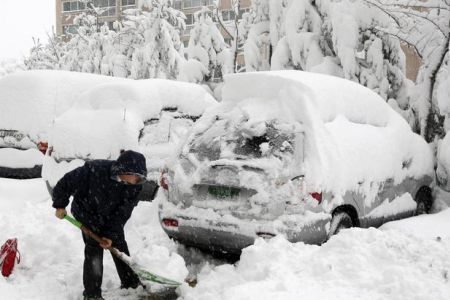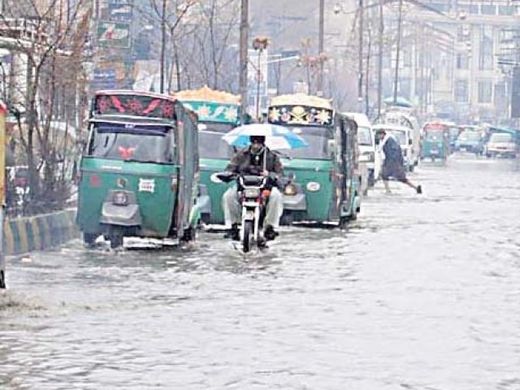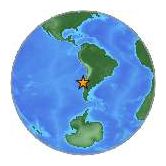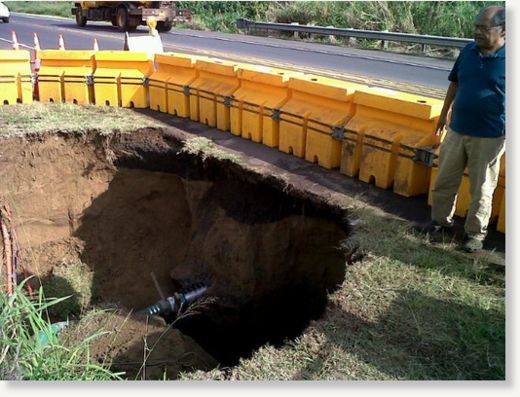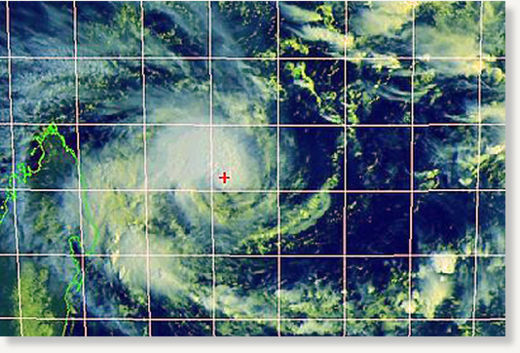The manner in which this clique of the ruling class makes decisions affecting the rest of us is largely a mystery and as such has been target of speculation among alternative thinkers and writers. While it is unclear how high on the planet's hierarchy the group is, it is safe to say that their influence is considerable and they have access to raw data not necessarily shared with the population. For these reasons, it is significant that their last meeting was announced as follows:
"The 58th Bilderberg Meeting will be held in Sitges, Spain 3 - 6 June 2010. The Conference will deal mainly with Financial Reform, Security, Cyber Technology, Energy, Pakistan, Afghanistan, World Food Problem, Global Cooling, Social Networking, Medical Science, EU-US relations. Approximately 130 participants will attend of whom about two-thirds come from Europe and the balance from North America. About one-third is from government and politics, and two-thirds are from finance, industry, labor, education, and communications. The meeting is private in order to encourage frank and open discussion."Specifically, the reference to Global Cooling - unlikely to be a simple mistake - appears to be an astonishing admission that the decades-long official discourse on climate is propaganda. (Indeed, at the time of writing, Polish and Russian forecasters are predicting the coldest European winter in 1,000 years.) Furthermore, it speaks of the contempt with which our leaders regard the masses, and reminds us of the level of corruption that has prevailed in the production of what now appears to have been a 'Global Warming' scam.

